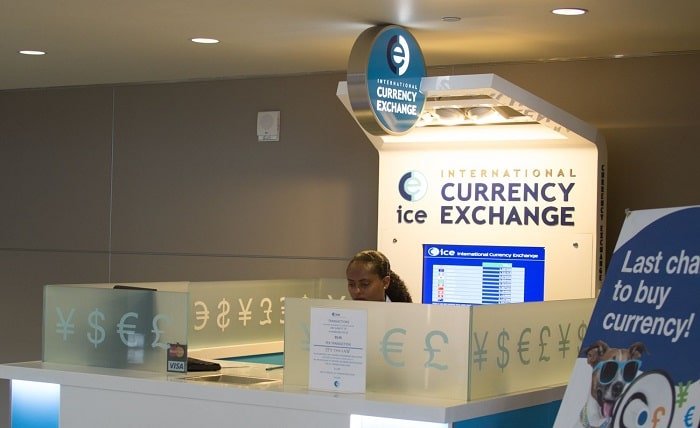Top Techniques To Manage Currency Exchange Risk

Import-export businesses, multinational companies, individuals making international transactions and investors face foreign exchange rate risk. Exchange rate fluctuations occur daily.
The value of major currency fluctuations against one another creates income uncertainties for anyone conducting a cross-border transaction.
Similarly, foreign exchange rates need to be mitigated. So, do you want to get accustomed to tips and tricks for managing currency exchange rates?
In this article, we will emphasize different techniques to manage currency exchange risk in the forex market.
Ways To Manage Currency Exchange Risk
Below-mentioned are ways to manage currency exchange risk.
1. Diversify Worldwide
Diversifying globally can be a strategic approach to managing currency exchange risk, especially through investment in index funds focusing on major currency regions like the Euro area, the U.S., and Asia-Pacific.
Therefore, this method introduces a natural hedging mechanism into your investment portfolio.
Furthermore, the concept here is that your investments in non-dollar regions may benefit when the dollar strengthens. It will further provide a tailwind to your portfolio’s overall performance.
On the other hand, during periods when the dollar’s value is weaker compared to other currencies, your dollar-denominated investments can gain an edge. It will further offer a protective buffer against potential losses.
Hence, this balance helps smooth out the volatility of fluctuating exchange rates.
2. Having A Unique Currency Flow
Each business has its own distinct currency flows and a unique balance of assets and liabilities.
Therefore, it is important to recognize that currency fluctuations can significantly impact on your business.
Similarly, tailored services in the forex trading market are designed to address businesses’ specific challenges when relying on foreign manufacturers or suppliers.
3. Manage Exposure To Risk
Understanding the dynamics of international trade reveals a key challenge businesses face. They are the gap between decision-making and its financial impact.
Hence, this gap results from various processes, including global material shipment, order negotiation, and goods manufacturing, storage, and delivery.
During this period, currencies fluctuate, appreciating or depreciating in value. Moreover, currency fluctuations pose a significant risk for companies involved in international transactions.
So, when materials and manufacturing costs are denominated in a different currency than sales revenue, these foreign exchange rates shift. It can eventually drastically affect the company’s profitability.
4. Trade Carefully With Foreign Bonds
In a period of low interest rates in developed markets, many investors are looking to foreign markets for potential growth.
However, this approach can be particularly risky when it comes to bonds.
Even in favorable circumstances, bonds typically yield relatively low returns. On the other hand, the fixed nature of bond payouts means that even a small currency fluctuation can erase gains for the year or possibly even more.
Due to this significant risk, investors should avoid foreign bonds.
On the other hand, foreign stocks present a different opportunity as they have the potential for faster growth and higher returns.
5. Invest With Strong Currencies
If you are considering investing at the country level, targeting countries with strong currencies compared to your own can be an effective strategy.
However, this approach centres on the principle that if the currency of the country where you have invested strengthens, the value of your investment increases when converted back to your domestic currency.
Moreover, one effective method of identifying such investment opportunities is to examine countries with a conservative management history. It is important for those with low national debt relative to their Gross Domestic Product (GDP).
Now, these economies often exhibit greater stability and resilience, making them attractive to investors seeking to minimize currency exchange risk.
6. Invest In Currency-Hedged Funds
By investing in currency-hedged funds, individuals have an opportunity to offset currency risk whilst investing in countries or regions.
This method simplifies the process, allowing investors to focus on the equity markets of areas like Japan or the Eurozone without worrying about currency fluctuations.
Therefore, the funds incorporate a hedge within their structure, effectively neutralising the currency exposure for the investor.
This eventually adds an extra layer of convenience and strategy for those looking to diversify internationally.
Summing Up
Thus, the foreign exchange risk is a part and parcel of conducting international business in other countries.
The tips mentioned above do not eliminate risk. Instead, they pass it on to your customer or supplier, making it unrealistic in a competitive environment.
So, focus on your business and feel free to get help from professional traders.



